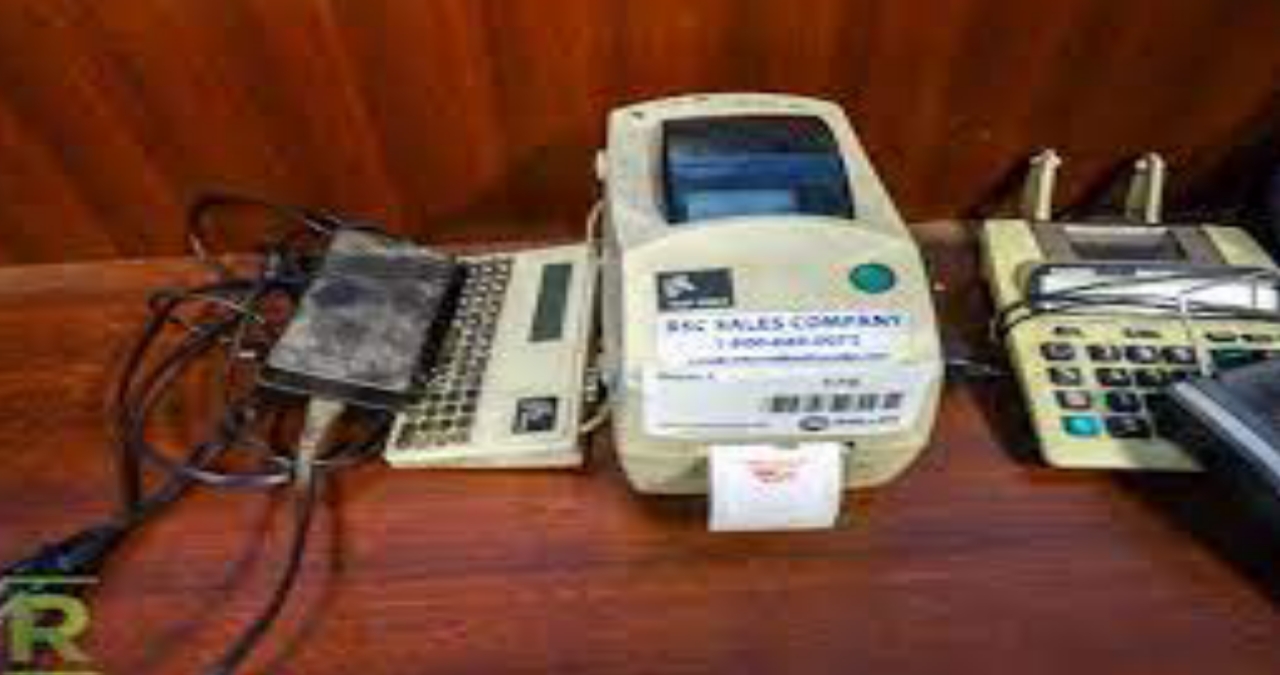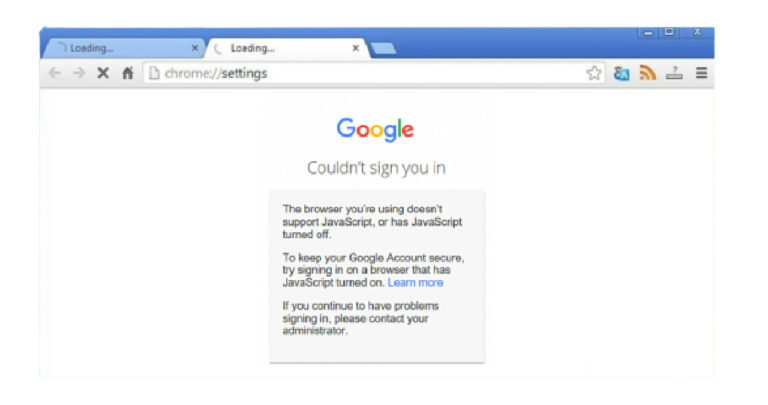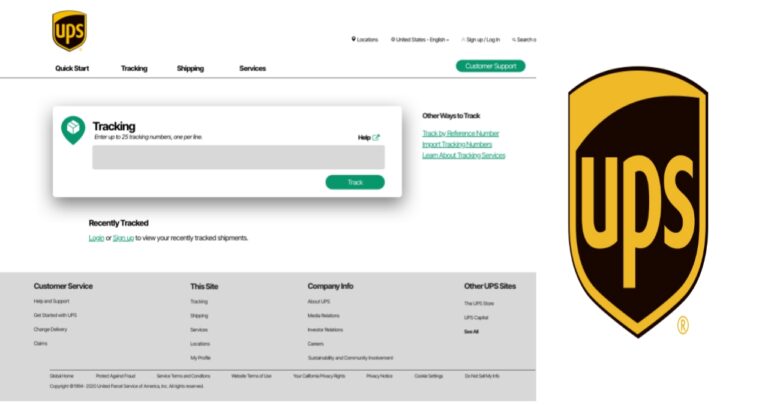Where Are EQ Log Files Stored in TLP Auctions?
In the world of TLP Auctions, efficient handling of log files is crucial for maintaining transparency and ensuring a smooth process. This article delves into the location and significance of EQ (Event Query Language) log files within the TLP Auctions system. By understanding where these log files are stored, users can better navigate the platform and extract valuable insights. So, let’s explore the world of EQ log files and their storage in TLP Auctions.
I. What Are EQ Log Files?
A. Definition and Purpose
EQ log files in TLP Auctions are records of events, activities, and system information generated during the operation of the platform. These files capture crucial data such as user actions, system errors, and performance metrics. The purpose of EQ log files is to provide a detailed audit trail of activities and serve as a valuable resource for troubleshooting, analysis, and optimization.
B. Importance in TLP Auctions
EQ log files play a vital role in TLP Auctions by providing visibility into system activities and user interactions. They serve as a historical record of events, enabling administrators and developers to investigate issues, track changes, and identify areas for improvement. Additionally, EQ log files contribute to compliance requirements, ensuring transparency and accountability in the auction process.
II. Understanding TLP Auctions Logging System
A. Architecture and Components
The logging system in TLP Auctions comprises various components, including loggers, appenders, and log management frameworks. Loggers are responsible for capturing and recording events, while appenders determine the output destination of log data. TLP Auctions may utilize popular logging frameworks like Log4j or SLF4J to facilitate efficient log handling.
B. Logging Levels and Their Significance
EQ log files employ different logging levels to categorize the severity and importance of logged events. Common logging levels include DEBUG, INFO, WARN, ERROR, and FATAL. Each level serves a specific purpose, allowing administrators and developers to filter log messages based on their significance and focus on relevant information during analysis.
C. Log File Formats
TLP Auctions may store EQ log files in various formats, such as plain text, JSON, or XML. The chosen format depends on the requirements of the system and the tools used for log analysis. Text-based formats are commonly preferred due to their simplicity, while structured formats like JSON or XML offer additional benefits such as easier parsing and integration with other systems.
III. Location of EQ Log Files in TLP Auctions
A. Server-Side Storage
EQ log files are typically stored on the server hosting the TLP Auctions application. The exact location may vary depending on the operating system and deployment configuration. Common locations include dedicated log directories or specific paths defined in the application’s configuration files. It is crucial to ensure that the server has sufficient disk space and appropriate access permissions for writing log files.
B. Client-Side Storage
In addition to server-side storage, TLP Auctions may also maintain client-side log files. These files are usually created on end-user devices, such as web browsers or mobile applications, to capture client-side events and interactions. Client-side log files can be useful for tracking user behavior, identifying user experience issues, and analyzing performance on specific devices or platforms.
C. Accessibility and Permissions
Access to EQ log files should be restricted to authorized personnel to maintain data security and comply with privacy regulations. The access permissions for EQ log files should be carefully configured to ensure that only authorized individuals or roles can view and manipulate the log data. This helps prevent unauthorized access, data breaches, and tampering with critical audit information.
IV. Extracting Insights from EQ Log Files
A. Parsing and Analyzing Log Files
To extract valuable insights from EQ log files, they need to be parsed and analyzed. Various log analysis tools and frameworks are available that can help in parsing log files, extracting relevant information, and presenting it in a structured format. By analyzing the log data, administrators and developers can gain insights into system behavior, identify performance bottlenecks, detect anomalies, and troubleshoot issues effectively.
B. Identifying Patterns and Anomalies
EQ log files contain a wealth of information that can be used to identify patterns and anomalies. By analyzing the log data, administrators can detect recurring errors, identify common user actions, and pinpoint unusual behavior or security incidents. These insights can be invaluable for optimizing system performance, enhancing user experience, and ensuring the integrity and security of TLP Auctions.
C. Improving Performance and Security
EQ log files can provide valuable feedback on the performance and security of the TLP Auctions platform. By closely monitoring and analyzing log data, administrators can identify areas that require optimization, such as slow database queries, inefficient code, or resource bottlenecks. Furthermore, log analysis can help in identifying security vulnerabilities, detecting unauthorized access attempts, and ensuring compliance with security best practices.
V. Best Practices for Managing EQ Log Files
A. Regular Backup and Archival
EQ log files should be regularly backed up and archived to prevent data loss and ensure long-term availability. Implementing a robust backup strategy, which includes periodic backups and off-site storage, safeguards log files against hardware failures, system crashes, or accidental deletions. Archiving log files also enables historical analysis and compliance with data retention policies.
B. Log Rotation and Purging
To prevent log files from consuming excessive disk space, log rotation and purging mechanisms should be implemented. Log rotation involves creating new log files at regular intervals (e.g., daily, weekly) while archiving or deleting older log files. Purging, on the other hand, involves removing irrelevant or outdated log data to maintain manageable log file sizes.
C. Compliance and Data Retention Policies
TLP Auctions may be subject to regulatory requirements and data retention policies. It is essential to align log file management practices with these regulations. This includes ensuring the integrity, confidentiality, and availability of log data, as well as defining appropriate retention periods based on legal or industry-specific requirements.
VI. Tools and Technologies for Log File Management
A. EQ Log File Analysis Tools
Numerous log analysis tools are available that facilitate parsing, filtering, and visualizing EQ log files. These tools provide advanced search capabilities, interactive dashboards, and visualization options to help administrators and developers gain actionable insights from the log data. Some popular log analysis tools include ELK Stack (Elasticsearch, Logstash, Kibana), Splunk, and Graylog.
B. Log Monitoring and Alerting Systems
Log monitoring systems can help in real-time monitoring of EQ log files and trigger alerts based on predefined rules or thresholds. By setting up alerting mechanisms, administrators can be promptly notified about critical events, errors, or security incidents, allowing them to take immediate action and mitigate potential issues before they escalate.
C. Integration with Analytics Platforms
Integrating EQ log files with analytics platforms and business intelligence tools can provide additional value by combining log data with other data sources. By correlating log data with metrics from the TLP Auctions platform or external systems, organizations can gain deeper insights into user behavior, performance trends, and business impact. Integration with analytics platforms such as Tableau, Power BI, or custom-built data warehouses allows for comprehensive analysis and data-driven decision-making.
VII. Troubleshooting Common EQ Log File Issues
A. File Corruption or Incomplete Logging
In some cases, EQ log files may become corrupted or incomplete due to system errors or interruptions. It is important to implement measures to detect and handle such issues, such as checksum verification, regular log file integrity checks, and redundant log file backups. Additionally, implementing log file rotation and archiving mechanisms minimizes the risk of data loss in case of file corruption.
B. Insufficient Disk Space
EQ log files can accumulate rapidly and consume significant disk space if not managed properly. To prevent disk space issues, administrators should regularly monitor available disk space and implement mechanisms like log rotation, compression, or offloading log files to dedicated storage systems. Planning for sufficient disk space in advance is crucial to ensure uninterrupted log file storage.
C. Access Control and Security Challenges
Maintaining the security of EQ log files requires implementing strong access controls and adhering to the principle of least privilege. Only authorized personnel should have access to log files, and access permissions should be regularly reviewed and audited. Additionally, log files themselves should be protected using encryption, secure transfer protocols, and secure storage practices to prevent unauthorized access or tampering.
VIII. Future Trends in EQ Log File Management
A. Automation and Machine Learning
The future of EQ log file management lies in automation and machine learning techniques. Automated log analysis tools can help in detecting patterns, anomalies, and trends in log data, enabling proactive identification of issues and intelligent decision-making. Machine learning algorithms can be leveraged to predict system failures, optimize performance, and enhance security by analyzing large volumes of log data.
B. Real-time Log Streaming
Real-time log streaming allows for instant analysis of log data as it is generated, enabling administrators to monitor system activities in real-time and respond to critical events promptly. By implementing technologies like Apache Kafka or AWS Kinesis, EQ log files can be streamed to analytics platforms or SIEM (Security Information and Event Management) systems, providing real-time insights and faster incident response.
C. Enhanced Visualization and Reporting
The future holds advancements in log file visualization and reporting, making it easier to extract meaningful insights from EQ log files. Interactive dashboards, customizable reports, and intuitive visualizations will empower administrators and stakeholders to gain deeper understanding and make informed decisions based on log data. Visualization techniques like heatmaps, timelines, and geospatial analysis will provide a more comprehensive view of system activities.
Read Also Our This Post: Finally, Fix the errordomain=nscocoaerrordomain&errormessage=could not find the specified shortcut.&errorcode=4 Error for Good: A Thorough Explanation and Troubleshooting Process
Conclusion:
EQ log files play a vital role in the TLP Auctions ecosystem, enabling transparency, security, and performance optimization. By understanding where these log files are stored and implementing best practices for their management, organizations can harness the valuable insights contained within them. Regular analysis of EQ log files helps identify patterns, detect anomalies, and optimize system performance, while adhering to compliance and data retention policies. Embracing advanced log analysis tools, automation, and emerging technologies will shape the future of EQ log file management, making it a powerful resource for ensuring the smooth operation of TLP Auctions.

I’m publisher on vents today if anyone want post on our website then do contact







